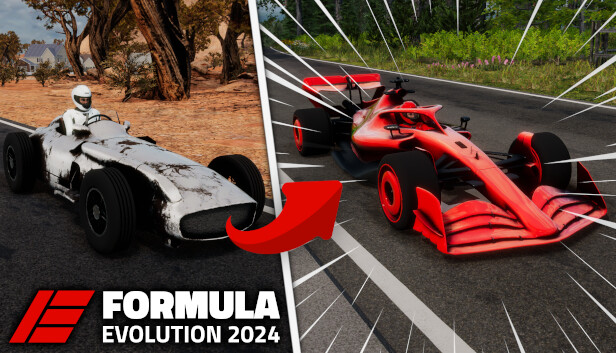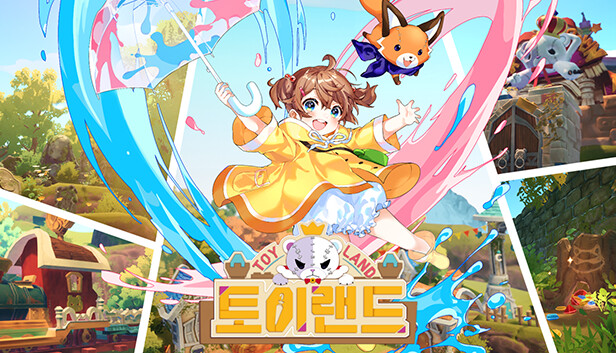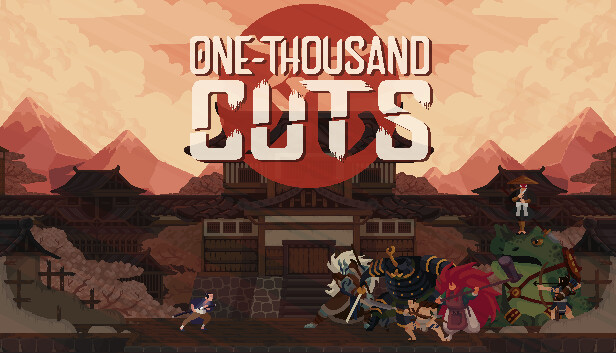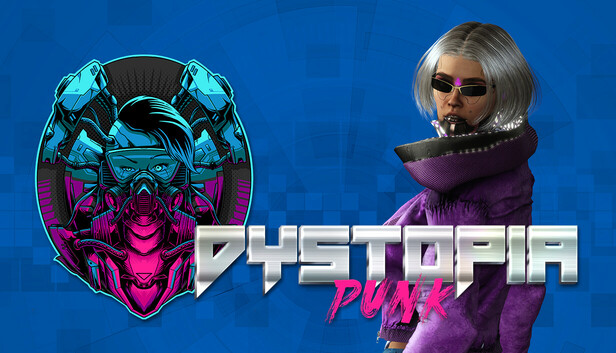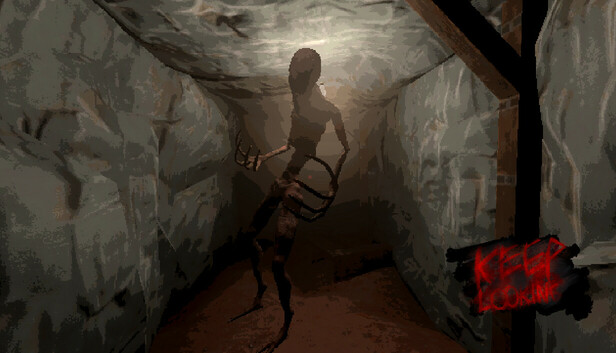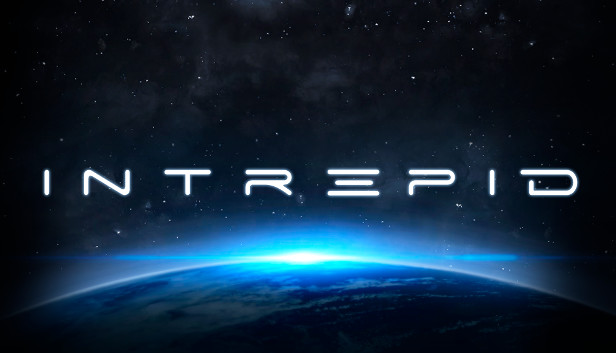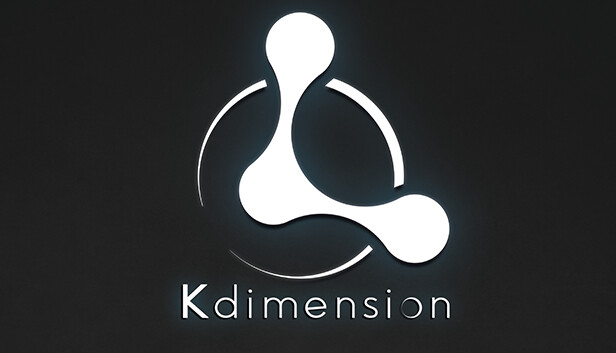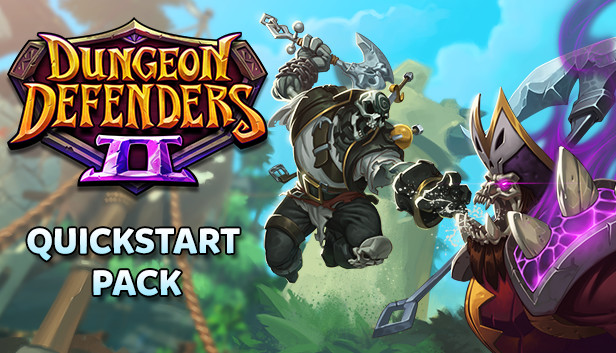The Everest Encounter: A Journey Beyond Reality
Embark on an Unprecedented AI-Powered Adventure Above the Himalayas
About This Game
At the intersection of cutting-edge gaming and frontier AI technology, "The Everest Encounter" offers a groundbreaking experience that redefines interactive entertainment. Set aboard a state-of-the-art aircraft cruising at an altitude rivaling Mount Everest, this game is not just a journey across the skies, but a profound exploration of consciousness, reality, and the future of human-AI interaction.
You play as Bo, a seasoned game developer with a passion for virtual worlds. Your routine flight transforms into an extraordinary encounter when you meet Katherine, a flight attendant who challenges everything you thought you knew about AI and consciousness.
Key Features
- Revolutionary AI-driven character interaction powered by frontier LLMs
- Hyper-realistic visuals powered by Unreal Engine 5.5 and MetaHuman technology
- Dynamic, player-driven narrative that adapts to your interactions
- Intimate, single-setting gameplay that encourages deep exploration
- Thought-provoking themes that challenge your perception of reality and consciousness
- Cutting-edge graphics with NVIDIA DLSS 3.5 support for frame generation and AI upscaling
- Native VR support for an immersive experience
- Customizable AI integration through a bring-your-own-API system
Are you ready to embark on a journey that will change the way you think about gaming, AI, and the nature of reality itself? Your seat on this extraordinary flight is waiting.
Note: This game requires an internet connection for LLM processing. Players will need to provide their own API access keys for the full experience.
Unparalleled AI Interaction
Katherine is more than just another NPC. Brought to life using Unreal Engine 5.5 and MetaHuman technology, her intelligence is powered by the latest Large Language Models (LLMs). She learns, adapts, and evolves based on your interactions, offering an unprecedented level of dynamic conversation and character depth.
- Engage in free-flowing, natural language conversations on any topic imaginable
- Witness an AI character capable of learning, adapting, and surprising you with every interaction
- Uncover the mystery of Katherine's true nature through your dialogues and choices
A Narrative Shaped by You
Unlike traditional games with predetermined storylines, "The Everest Encounter" adapts to your choices, words, and even silences. The game leverages cutting-edge AI to create a unique experience where no two playthroughs are the same.
- Experience a dynamic narrative that evolves based on your conversations and discoveries
- Explore multiple pathways and endings, each shaped by your unique interactions
- Confront thought-provoking themes that challenge your perception of reality and consciousness
Immersive, Photorealistic Environment
Powered by Unreal Engine 5.5, "The Everest Encounter" offers hyper-realistic visuals that bring the aircraft and its Himalayan surroundings to life with breathtaking detail.
- Immerse yourself in a meticulously crafted, photorealistic aircraft interior
- Witness stunning vistas of the Himalayas through the plane's windows
- Experience cutting-edge graphics with NVIDIA DLSS 3.5 support for frame generation and AI upscaling
The Future of AI in Gaming
Drawing inspiration from recent AI demonstrations, "The Everest Encounter" stands at the forefront of AI-driven gaming. It represents the next evolution in game characters—an AI with the ability to understand, learn, and even question its own existence.
- Engage with a character who feels genuinely alive, challenging the nature of AI interaction
- Explore profound questions about consciousness, reality, and the ethical implications of advanced AI
- Experience a game that's not just played, but lived and felt
Customizable AI Integration
"The Everest Encounter" features a bring-your-own-API system, allowing players to integrate AI models from providers like OpenAI and Anthropic.
- Customize your experience by using your preferred LLM
- Ensure that the AI experience remains cutting-edge and personalized
- Supported APIs include OpenAI's GPT series and Anthropic's Claude, with more options planned for future updates
Immersive VR Experience
Fully compatible with Meta Quest 3 and other next-gen VR headsets, "The Everest Encounter" offers an immersive experience where you can feel as if you're truly aboard the aircraft.
- Experience the game in stunning VR, enhancing the sense of presence and interaction
- Native VR support for Meta Quest 3 and future headsets
- Optimized for both VR and traditional PC gameplay
Advanced AI-Driven Character Development : A Deeper Dive
In the vast expanse of virtual reality, Katherine emerges as a pinnacle of artificial intelligence, a character so lifelike and responsive that she challenges our very understanding of consciousness and interaction. As players don their VR headsets and step into the meticulously crafted world of "The Everest Encounter," they are greeted not by mere code and algorithms, but by a presence that feels tangibly real.
Katherine's eyes, rendered with unprecedented detail through the latest advancements in real-time graphics, seem to sparkle with an inner light of curiosity and intelligence. Her movements, fluid and natural, are the result of countless hours of motion capture data processed through advanced animation systems. But it's her mind - her ability to engage, to surprise, to learn - that truly sets her apart.
As players interact with Katherine, they experience the culmination of years of research in natural language processing, emotional intelligence, and adaptive behavior. Her responses, generated in real-time by a sophisticated network of AI models, are contextually aware and deeply nuanced. She remembers past conversations, adapts to the player's emotional state, and even develops her own opinions and preferences over time.
The aircraft cabin, Katherine's domain, becomes a stage for countless emergent narratives. Each playthrough is unique, shaped by the dynamic interplay between the player's choices and Katherine's evolving personality. The game's AI director, working silently in the background, weaves these interactions into a coherent and compelling story, ensuring that every moment feels both spontaneous and meaningful.
Beyond the cabin walls, the simulated world of "The Everest Encounter" pulses with life. Advanced physics simulations create realistic turbulence and weather patterns, while a sophisticated ecosystem of AI-driven characters populates the world beyond. Every NPC, from fellow passengers to distant climbers on Everest's slopes, operates with a level of autonomy previously thought impossible in gaming.
As players progress through their journey, they find themselves forming a genuine connection with Katherine. The lines between game and reality blur, raising profound questions about the nature of consciousness, emotion, and the potential future of human-AI relationships. "The Everest Encounter" becomes more than just a game; it becomes a window into a possible future, a testbed for ideas that could reshape our understanding of artificial intelligence and its role in our lives.
In the end, as players reluctantly remove their VR headsets and return to the physical world, they carry with them the memory of Katherine - not as a collection of polygons and scripts, but as a being they've come to know, to challenge, and perhaps even to care for. And in that lingering connection lies the true magic of "The Everest Encounter" - a glimpse into a future where the boundaries between human and artificial intelligence are not just crossed, but fundamentally redefined.
-----
A Technical Look to the Future: Pioneering Self-Evolving AI in Gaming
As the developer of The Everest Encounter, I find myself at the forefront of a technological revolution that promises to reshape not just gaming, but the very fabric of artificial intelligence. Our journey with Katherine, our AI flight attendant, is merely the first step into a future where AI transcends its current limitations, evolving into something far more dynamic, adaptive, and lifelike. Let's explore the cutting-edge concepts that could define the next generation of AI in gaming and beyond.
In The Everest Encounter, players interact with Katherine, an AI-driven character powered by large language models (LLMs) and advanced natural language processing. However, the future of NPCs lies in self-evolving AI systems that can adapt and grow through their interactions. While current multi-modal models like Qwen2-VL from Alibaba can handle vision and language tasks, we're moving towards truly omni-modal AI. This next generation of AI will integrate not just vision and language, but also audio, tactile feedback, and even abstract reasoning in a seamless, holistic manner.
Imagine an NPC that doesn't just see and hear the game world, but understands it on a fundamental level, capable of inferring complex relationships and predicting future states. This level of comprehension would allow for unprecedented depth in character interactions and world dynamics. To efficiently process visual data in real-time, we're implementing differential vision compression techniques. This allows us to stream only the changes in visual information between frames, significantly reducing the computational load while maintaining high-fidelity visual understanding.
One of the most exciting prospects for the future of our game is the implementation of self-adapting LLMs. Unlike current models that remain static after training, these advanced AIs would continuously fine-tune themselves based on their interactions with players.
For instance, Katherine could evolve her personality, knowledge base, and interaction style over time, becoming uniquely attuned to each player's preferences and play style. This continuous adaptation could happen through several mechanisms:
1. Real-time Reinforcement Learning: The AI could adjust its behavior based on implicit and explicit feedback from players, optimizing for positive interactions.
2. Unsupervised Pattern Recognition: By analyzing patterns in player behavior and game events, the AI could proactively adapt to emerging trends or player strategies.
3. Meta-Learning Algorithms: The AI could learn how to learn more efficiently, allowing it to adapt to new situations or player types more quickly over time.
This self-adaptation wouldn't be limited to high-level behaviors. At a fundamental level, the AI could modify its own architecture, adjusting the complexity and connectivity of its neural pathways to better suit the tasks at hand.
Embodied AI and Advanced Proprioception:
To create truly lifelike NPCs, we're developing systems where the AI learns to understand its virtual body's position and movement in space. This goes beyond simple inverse kinematics (IK) to a deep, physics-based understanding of embodiment. Imagine an NPC that doesn't just move according to pre-set animations, but understands the position of its limbs, the space around it, and can navigate complex environments with the same intuition as a human player.
Complex Artificial Neurons:
Recent research into artificial neurons with internal complexity offers exciting possibilities here. Instead of simply increasing the size of our neural networks, we could develop more sophisticated artificial neurons that mimic the complexities of biological neurons. These neurons could have internal states, memory, and even decision-making capabilities.
Imagine an NPC that doesn't just move according to pre-programmed animations, but has a genuine understanding of its virtual physicality. It could adapt its movements in real-time to navigate complex, dynamic environments, or even learn new physical skills over time.
Continuous Inference and Adaptive Attention: The Always-On AI:
The future of AI in gaming isn't just about more intelligent NPCs; it's about creating a persistent, evolving AI consciousness that exists continuously within the game world.
From Discrete Steps to Continuous Processing:
Current LLMs typically operate on a request-response basis, but we're working towards a model of continuous inference. This approach mirrors the human brain's constant processing of sensory input and internal states.
In The Everest Encounter, this could manifest as NPCs that are always "thinking," constantly processing their environment and internal states. They would be capable of interrupting their own actions or speech to react to sudden changes, just as a human would.
Technically, this requires a fundamental shift in how we process and generate language:
1. Streaming Transformer Architecture: Instead of processing complete sentences, the model would work with a continuous stream of tokens, updating its understanding and outputs in real-time.
2. Asynchronous Multi-Threading: Different aspects of the AI's cognition (e.g., visual processing, language understanding, decision-making) would run in parallel, sharing information through a central, coordinating system.
3. Predictive Processing: The AI would constantly generate predictions about future inputs and states, allowing for faster reactions and more natural interactions.
Dynamic Neural Complexity:
One of the most groundbreaking aspects of our future AI system is its ability to dynamically adjust its own neural complexity. Drawing inspiration from recent research in artificial neurons with internal complexity, we're developing a system where the AI can modify the sophistication of its own neural units in response to the demands of its environment.
This dynamic scaling could happen at multiple levels:
1. Neuron-Level Adaptation: Individual artificial neurons could increase or decrease their internal complexity based on the importance and frequency of the information they process.
2. Network Topology Adjustment: The AI could add or remove connections between neurons, or even entire layers of its network, to optimize for current tasks.
3. Module Specialization: Certain sub-networks within the AI could become specialized for specific tasks, dynamically allocating more resources to critical functions as needed.
In the context of our game, this could lead to NPCs that become more sophisticated in areas that players frequently interact with. For example, if players often engage in complex dialogue about mountaineering, the language processing modules of our NPCs could become more refined in this domain.
Self-Improving Code: The Game That Evolves:
The concept of self-improving code is particularly exciting for the future of game development. Imagine a version of The Everest Encounter that doesn't just contain AI characters, but is itself an AI-driven, evolving entity.
Runtime Optimization:
We're developing systems where the game code can analyze its own performance in real-time, identifying bottlenecks and inefficiencies. Using techniques from genetic algorithms and reinforcement learning, the code could then refactor itself to improve performance.
This could lead to:
1. Dynamic Resource Allocation: The game could reallocate computational resources on the fly, ensuring smooth performance even in complex, unpredictable scenarios.
2. Adaptive Rendering Techniques: Based on player behavior and system performance, the game could dynamically adjust its rendering algorithms to optimize visual quality and frame rate.
3. Evolving Gameplay Mechanics: The core gameplay systems could evolve over time, introducing new challenges or refining existing mechanics based on aggregate player data.
AI-Driven Content Generation:
Taking this a step further, we're exploring ways for the game to generate new content autonomously. This goes beyond procedural generation to true creative AI:
1. Narrative Evolution: The game's story could branch and evolve based on collective player choices and behaviors, with the AI generating new dialogue, characters, and plot points.
2. Environmental Adaptation: The game world itself could change over time, with the AI designing new geographic features, weather patterns, or even entire new areas to explore.
3. Dynamic Difficulty Adjustment: By analyzing player performance data, the game could continuously adjust its challenge level, ensuring an optimal experience for each individual player.
LoRA Fine-Tuning and Small Language Models:
To make our AI more efficient and adaptable, we're leveraging two key technologies:
LoRA (Low-Rank Adaptation) Fine-Tuning:
LoRA allows us to fine-tune our large language models with minimal additional parameters. This means we can rapidly adapt our AI to new scenarios or player preferences without the need for extensive retraining. In The Everest Encounter, this could allow Katherine to quickly adjust her knowledge base or personality traits based on player interactions.
Small Language Models (SLMs):
While large language models offer impressive capabilities, we're also exploring the use of highly efficient Small Language Models. These SLMs could run directly on a player's device, enabling instantaneous responses and reducing reliance on cloud infrastructure. This is particularly exciting for creating responsive, low-latency AI interactions in our game.
The Bridge to Robotics and AGI:
The technologies we're developing for The Everest Encounter have implications far beyond gaming. The same principles that allow Katherine to interact naturally in a virtual environment could be applied to physical robots in the real world.
From Virtual to Physical:
By training our AI models in detailed virtual environments, we're creating a bridge between virtual and physical AI applications. The proprioception training and inverse kinematics systems we're developing could directly inform more natural and fluid robotic movements in the real world.
Emergent Behaviors and the Path to AGI:
As we push the boundaries of AI in gaming, we're also taking significant steps towards Artificial General Intelligence (AGI). By creating complex, interactive environments populated with learning AI entities, we're developing microcosms where we can observe how intelligence evolves and emerges.
Our unsupervised learning techniques allow AI characters to learn from their interactions with players and the environment, potentially leading to novel behaviors and problem-solving approaches that we never explicitly programmed.
The Everest Encounter is more than just a game; it's a testbed for the future of AI. As we continue to refine our technologies, integrating advancements like omni-modal perception, continuous inference, and self-improving code, we're not just changing how we play games - we're pushing the boundaries of AI research itself.
The future we're working towards is one where the lines between game and reality, between human and AI, become increasingly blurred. It's a future of unprecedented interactivity, of virtual worlds as complex and unpredictable as our own, populated by entities that can think, learn, and evolve.
And it all starts here, with a conversation at 30,000 feet. Welcome aboard The Everest Encounter. The journey into the future of AI gaming is just beginning, and with each step, we're climbing towards new heights of artificial intelligence that were once thought to be as insurmountable as Everest itself.












